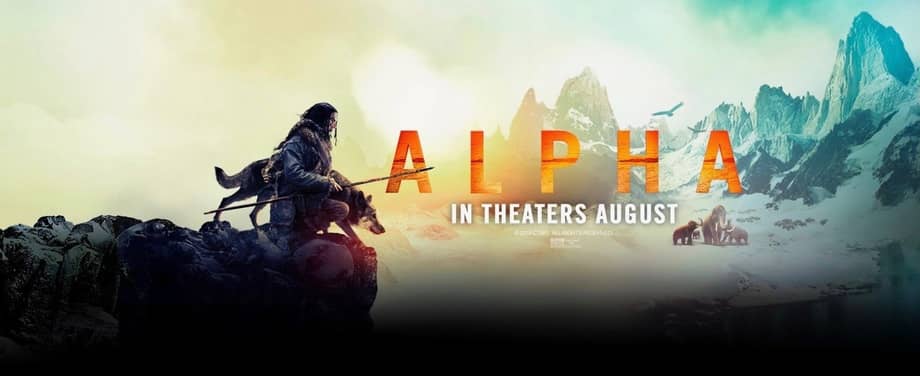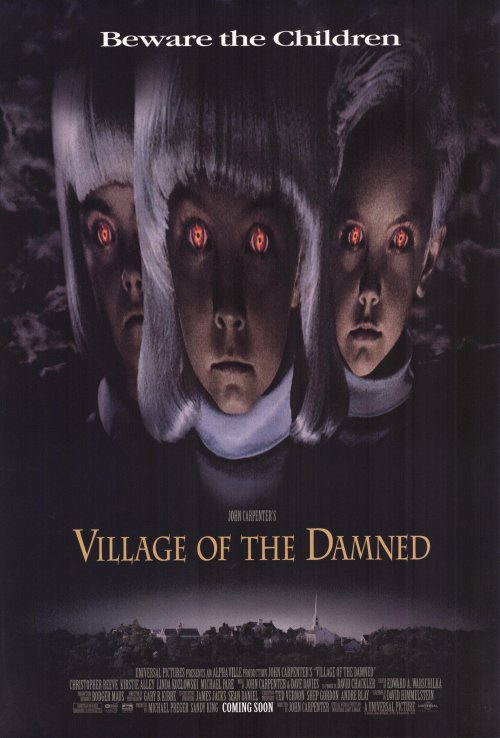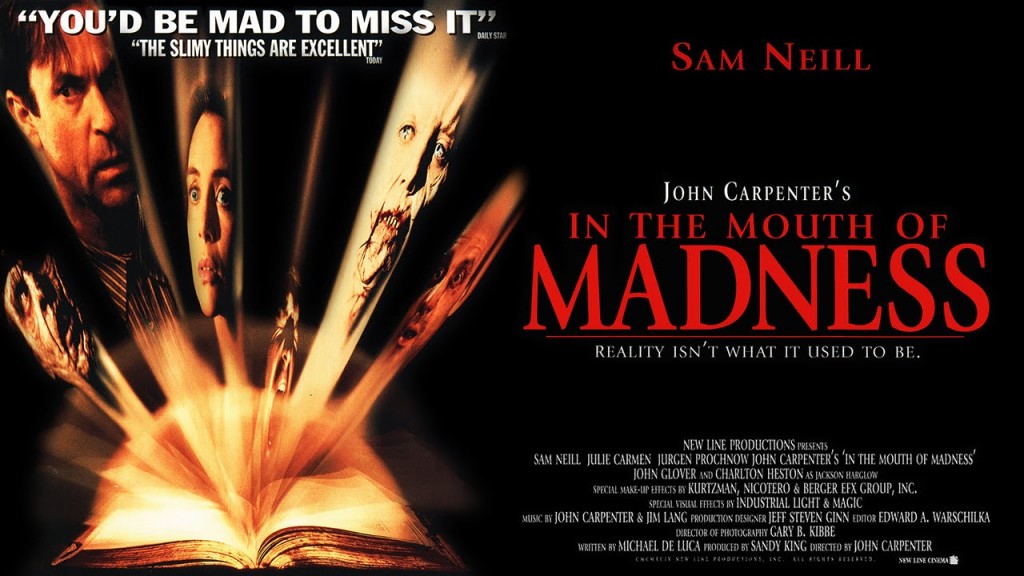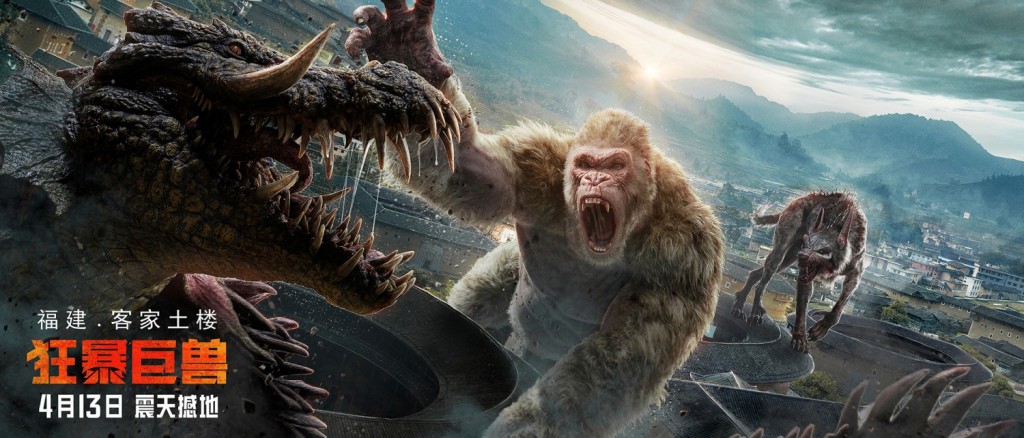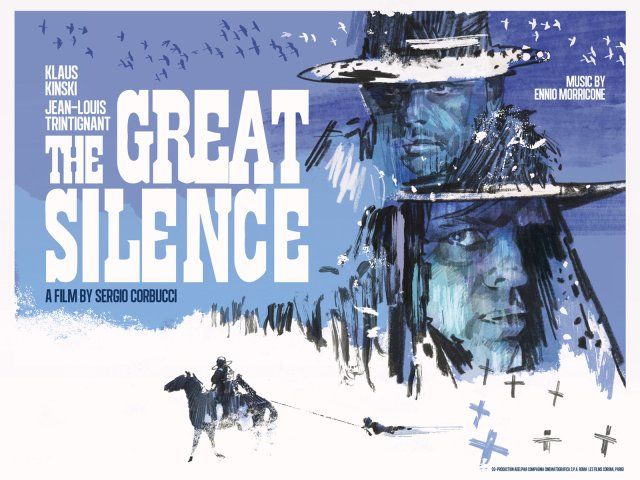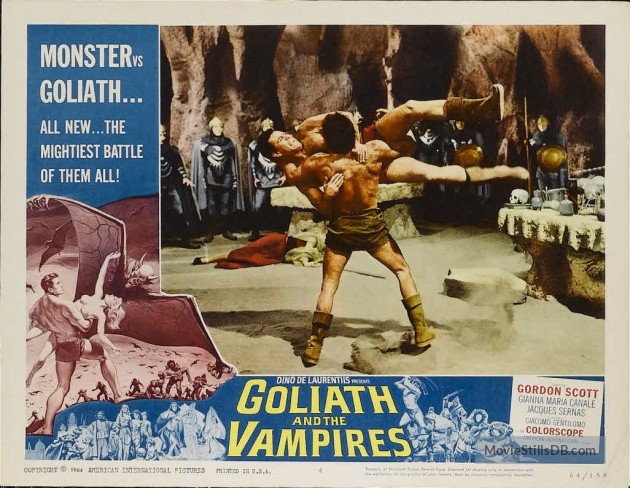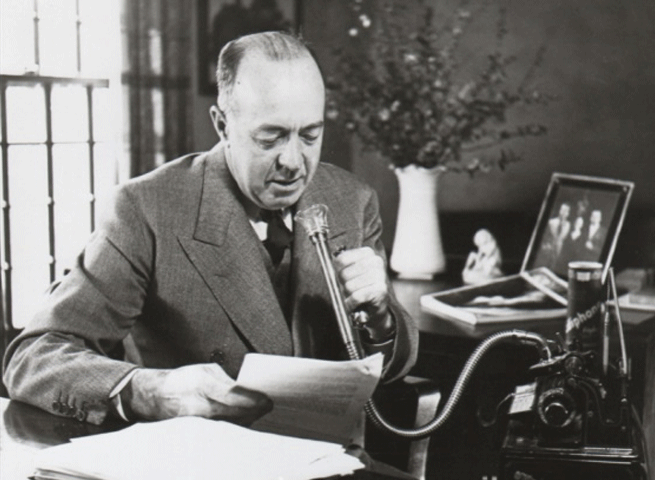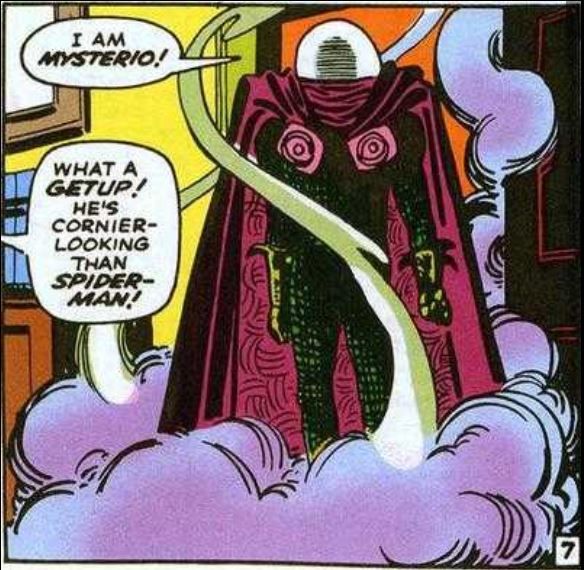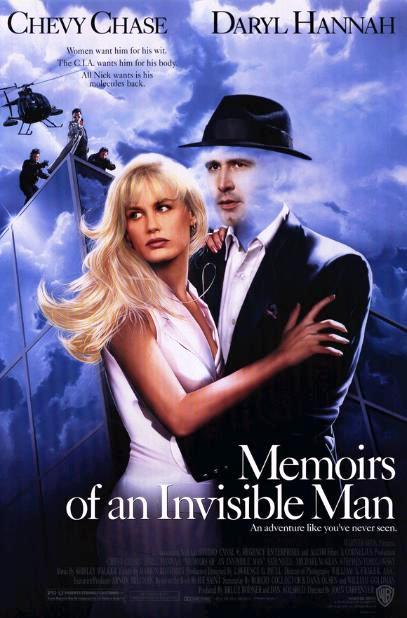
The turnaround time on this installment of my John Carpenter retrospective was fast. That’s because there isn’t much to say about Memoirs of an Invisible Man. It’s the only film Carpenter directed strictly as a work-for-hire job. He came onto the film to get it shot after most of the creative pre-production decisions were already made. He didn’t take his usual above the title possessive credit, the only time that happened since Dark Star.
This article series by its nature takes an auteur approach to film analysis, and there’s not much to analyze with a movie where the director himself acknowledges he had little authorial voice in the final product. But there’s not much to analyze no matter the approach because this is a deeply mediocre movie.
Basically, if you want to skip this article and wait for In the Mouth of Madness, neither I nor John Carpenter will mind.
The Story
Chevy Chase plays Nick Halloway, a rich San Francisco investment banker who gets turned invisible by a scientific accident. Sinister government intelligence agent and hatchet man David Jenkins (Sam Neill) pursues Nick as a potential asset. Nick meets a pretty woman, Alice Monroe (Daryl Hannah), who helps him out. Eventually, Nick outwits Jenkins and goes to live in Switzerland with Alice, although he stays invisible. Roll credits.
The real story is what happened in pre-production. Memoirs of an Invisible Man was a Chevy Chase vanity project. He purchased the rights to H. F. Saint’s novel as a path to more serious leading man roles. This change in approach to what was supposed to be a comedy caused original director Ivan Reitman to jump ship, and screenwriter William Goldman (The Princess Bride and other movies far better than this one) followed soon after. Many directors were considered, and for a while Lethal Weapon’s Richard Donner was the serious contender. But then John Carpenter — not somebody you’d expect to helm a Chevy Chase movie of any type — ended up with the job. Possibly it was Carpenter’s track record working with visual effects and having directed another couple-on-the-run SF movie, Starman, that got Chase’s attention. Carpenter was engaged in a legal dispute with Alive Films at the time and decided to do the work-for-hire gig. Let’s see how that went.
…
Read More Read More
